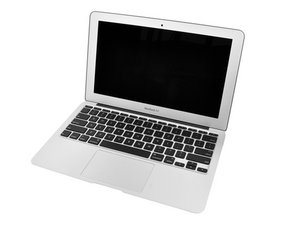Dead display = broken LVDS cable or SMC part?
Hello!
On my friend's late 2010 MacBook Air the screen is completely dead. No video, no backlight. When connecting to an external monitor, everything shows up fine, exept for the internal display not showing up in the system info panel. So at least the graphics chip is not blown up.
Moreover, the hinges seem a bit too worn out/loosened so that when having the lid open at a small angle it closes by its own weight, when it more likely should stick in that position...in my view.
My question now is: is it more likely that the display is dead due to
1) a broken LVDS cable due to the seemingly "heavy" use on the hinges or
2) some other smc component on the logicboard fried?
If so: how to test the components on the board with a multimeter? I have one here, but only for testing batteries and checking currents, but other uses are beyond my knowledge as I'm not an electrician, but an excellent industrial-/fine-mechanic, so I'm not worried about having to do some fiddly work with my fingers :D
But at least I found the exact positions of the parts in question marked on some photographs I found here in the support forum. The only knowledge missing on my side is the process of how to test those for functionality?
Do the display background LEDs get their power through the same lvds cable or from the cables on the other hinge?
I hope, you guys can help me find out, what is causing the dead display and a feasable way to maybe get it back to work. I just don't want to pry open the display assembly and change the display unit/LVDS cable for nothing, just to find out, that there are some parts on the logic board burned to dust, making the complex process of opening the display assembly useless.
Thanks a lot in advance!
Is this a good question?


 1.1k
1.1k  893
893  2.3k
2.3k 


